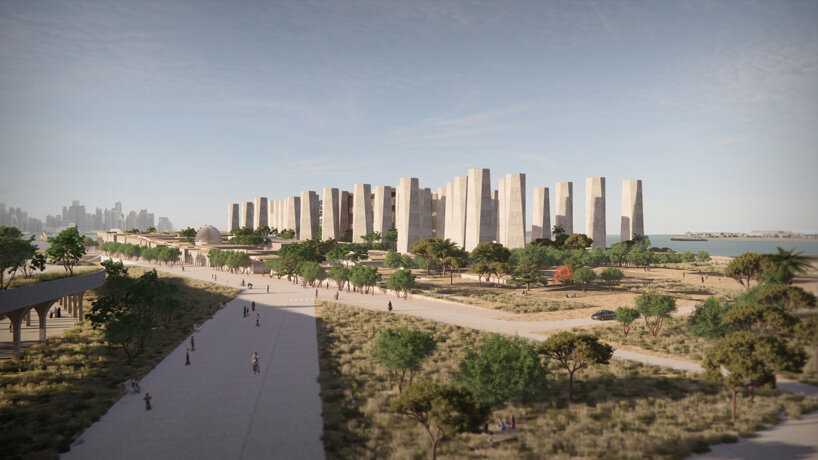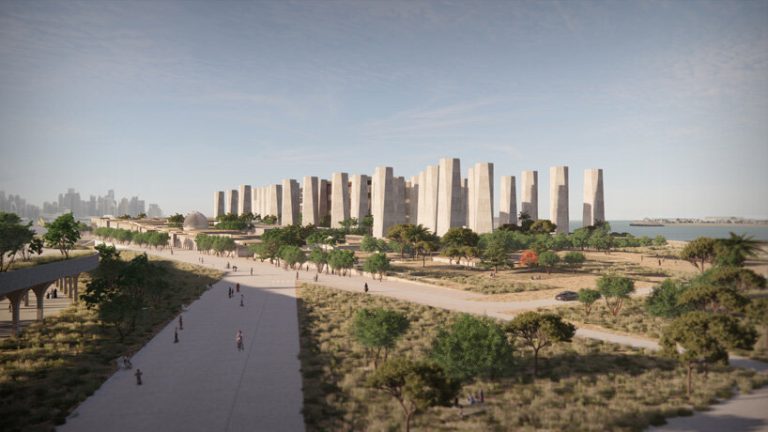Dive into the visual and narrative world of architecture as we unveil the cultural stories woven into the foundation of our built environment. From ancient civilizations to modern-day masterpieces, architecture serves as a reflection of cultural values, beliefs, and identities. Join us on a journey through time and space as we explore how architecture provides insights into the diverse cultures that have shaped our world.

Architectural Design as a Mirror of Cultural Identity
In the world of architecture, every structure tells a story. From the towering skyscrapers of modern cities to the intricate temples of ancient civilizations, each building reflects the values, beliefs, and traditions of the culture that created it. By examining the design and materials used in a building, we can uncover a wealth of information about the people who built it. Architectural design is a powerful tool for expressing cultural identity and preserving heritage.
The Influence of Tradition on Modern Architecture
Tradition plays a significant role in shaping modern architecture. Many contemporary architects draw inspiration from traditional building techniques, materials, and styles to create buildings that are both innovative and rooted in the past. By incorporating elements of tradition into their designs, architects can pay homage to the rich history of a culture while also pushing the boundaries of what is possible in architectural design.
Interpreting Historical Narratives Through Architectural Elements
Architectural elements such as arches, columns, and domes can carry deep historical significance. These features are not just decorative; they can also serve as a form of storytelling, conveying the cultural, political, and religious narratives of the people who built them. By studying these elements, we can gain a deeper understanding of the events and beliefs that shaped a society and influenced its architectural choices.
Leveraging Cultural Insights in Contemporary Building Designs
Contemporary architects have a unique opportunity to leverage cultural insights in their designs. By working closely with local communities and incorporating their perspectives and values into the design process, architects can create buildings that resonate with the people who will inhabit them. Through careful research and collaboration, architects can ensure that their designs are not just aesthetically pleasing, but also meaningful and relevant to the cultural identity of the community.
To Wrap It Up
As we have explored the intricate relationship between architecture and cultural narratives, it becomes evident that buildings are not just physical structures but repositories of stories that shape the identities of societies. From ancient temples to modern skyscrapers, each architectural marvel holds within it a tapestry of cultural insights waiting to be unveiled. By delving deeper into the stories behind the structures, we can gain a deeper understanding of the world around us and appreciate the rich tapestry of human history and creativity. So next time you gaze upon a building, remember that it is more than just bricks and mortar – it is a living embodiment of a culture’s past, present, and future. Let us continue to unravel these cultural narratives and unlock the hidden stories within architecture, shaping our world one building at a time.


